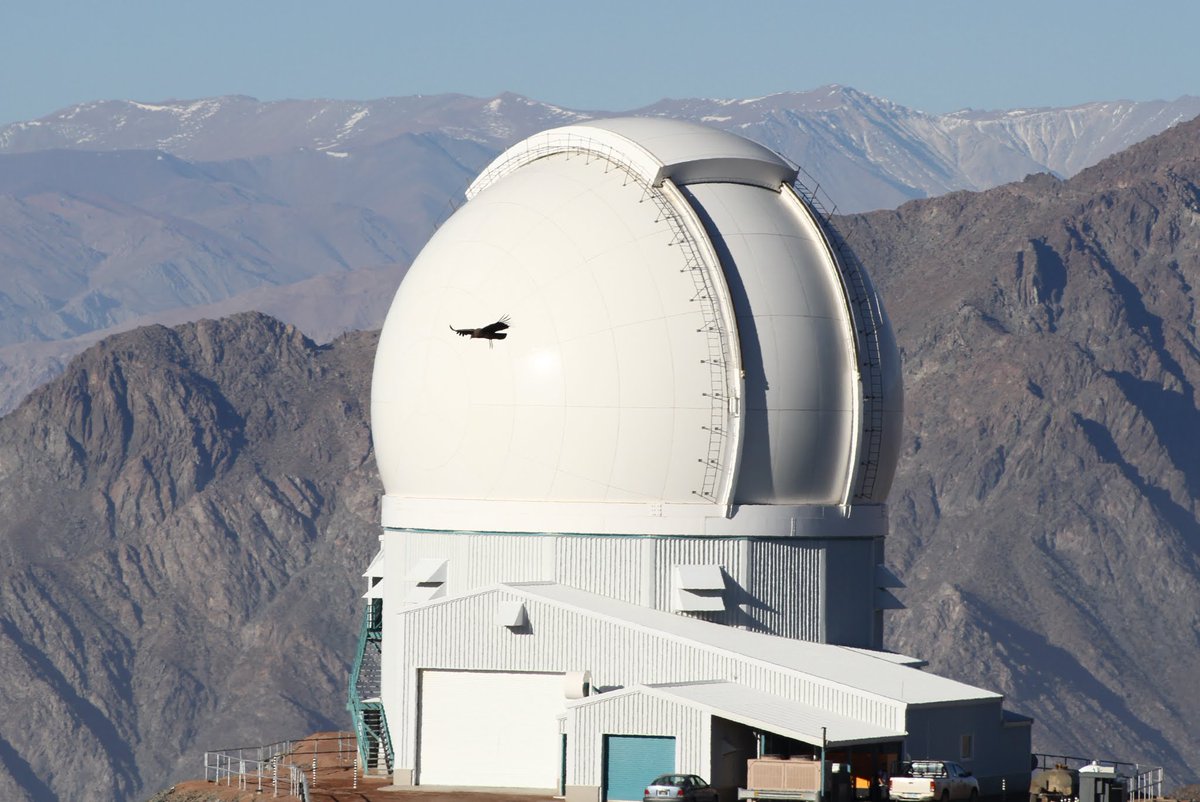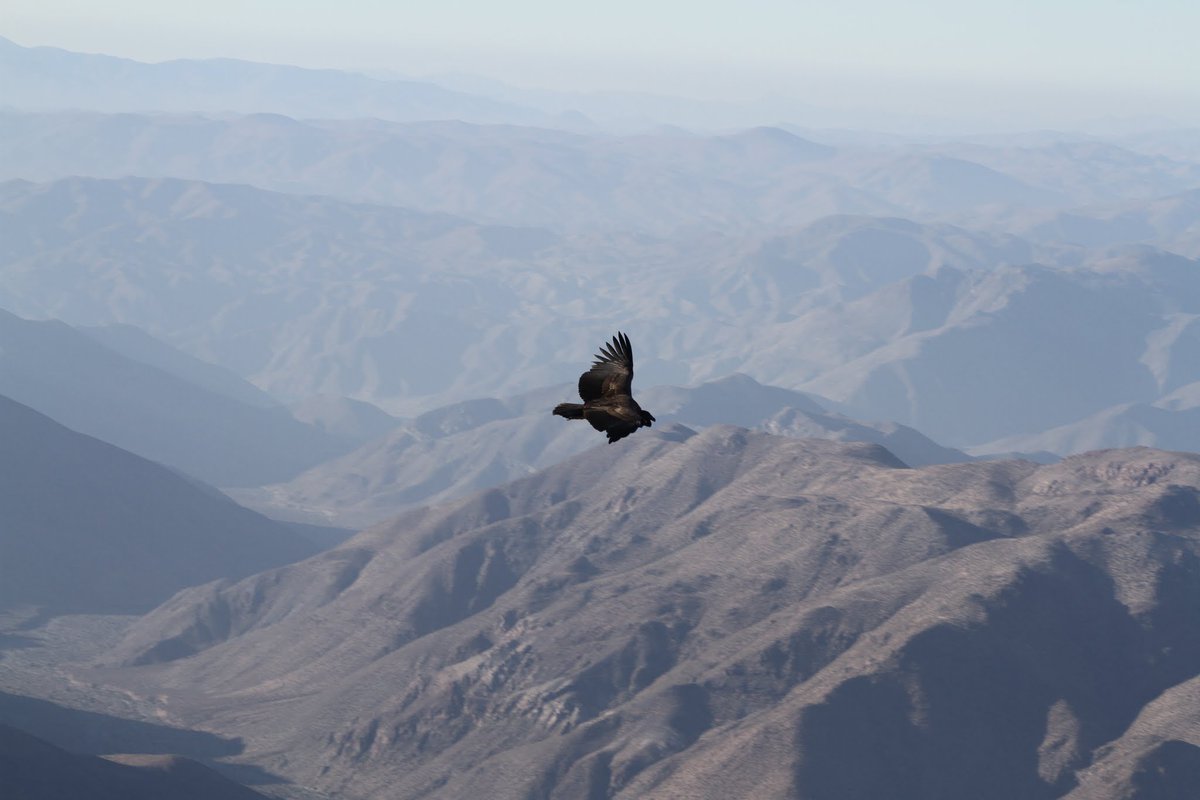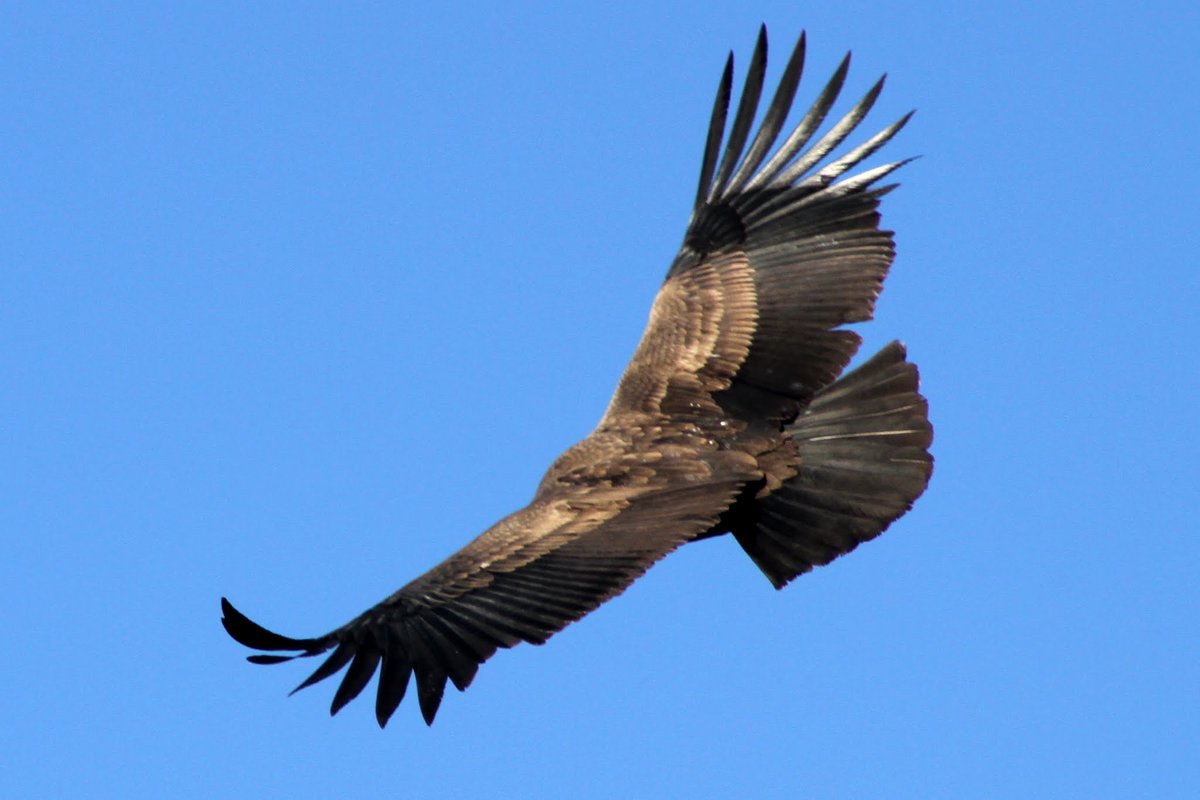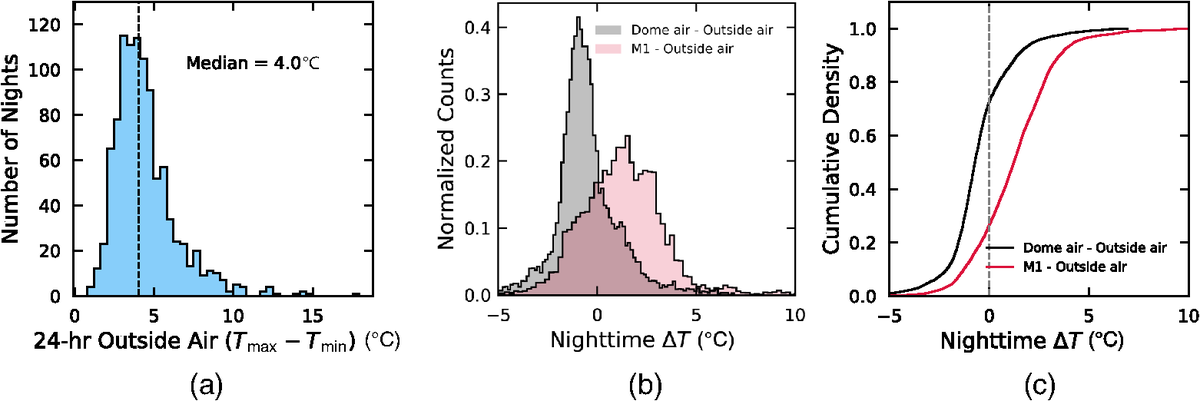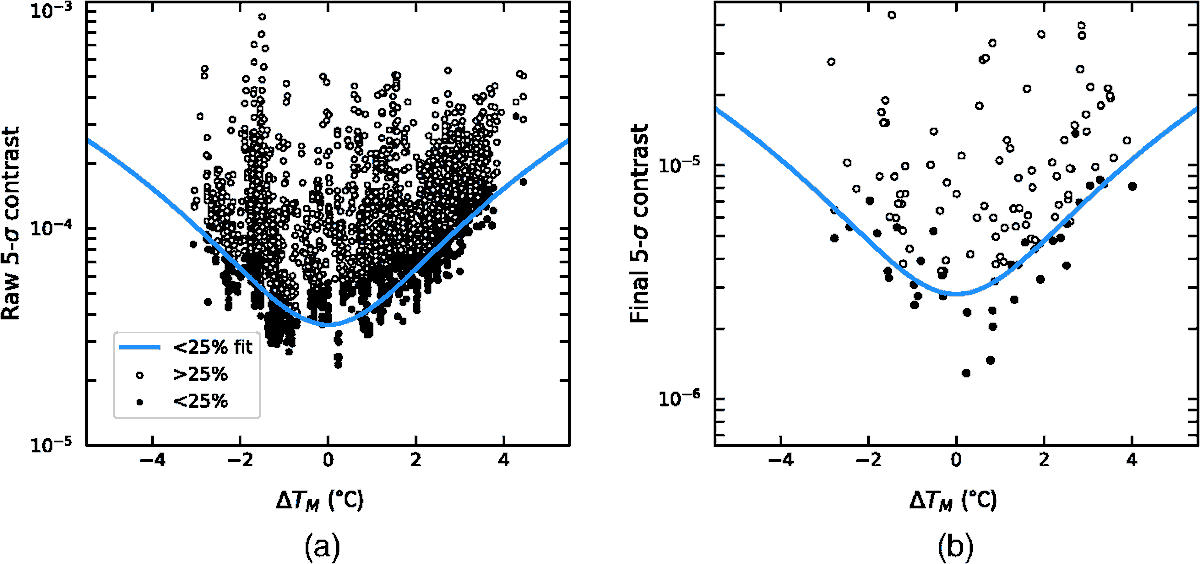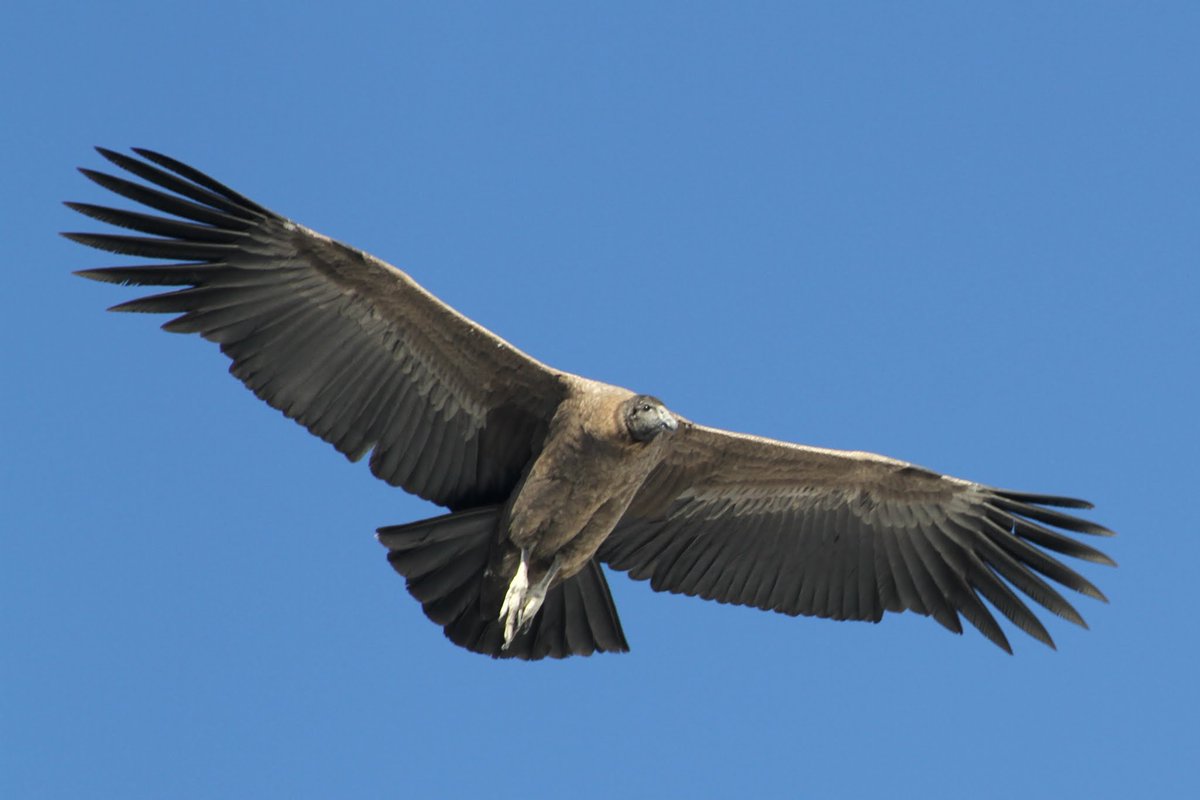One of my very very favorite photos from @PlanetImager observing four years ago - a condor in front of the SOAR telescope ( @NOIRLabAstro.) Picture by Dmitry Savransky. Spectacular though it was, it wasn't a good sign for astronomy though. Long thread with bird pictures follows!
Our local colleagues said this one was a female, possibly adolescent. We decided to name her "Henrietta" after Henrietta Leavitt.
Condors are incredible creatures to see - I've never seen anything that big flying under its own power and so effortlessly. It was amazing.
But also kind of a bad sign when it's circling your observatory. Partially because they're scavengers waiting for you to die, but mainly because of seeing.
Condors like to ride plumes of warm air - "thermals" - rising up, so they'll often circle around warm spots on the ground. Plumes of warm rising air are great for birds but kind terrible for astronomers, as that turbulent air blurs pictures from telescopes. We call this "seeing"
A lot of seeing comes from high altitudes - the jet stream over Cerro Pachon was a perpetual nemesis for GPI (which is another thread). But you definitely don't want local effects to make it worse.
There's an old-astronomers-tail that one condor = 1 arcsecond of seeing, which is pretty bad for a modern observatory. And this one wasn't just generally circling, it seems to especially love circling the observatory.
It's a bad sign when your telescope dome is the warmest thing on the mountain. Modern telescopes are designed to stay cool (hence the silver dome, and fancy air conditioning) to reduce this. GPI itself is design so it adds less heat into the dome than a typical human would.
But we still saw many nights when even if the jet stream was still, atmospheric turbulence and image quality and GPI performance wasn't great.
Melisa Tallis and Vanessa Bailey carefully went through all of GPI and the observatory's telemetry and showed that the telescope mirror (M1) was often several degrees warmer than the outside air https://arxiv.org/abs/2002.04649
and those were the nights with the worst performance. Figure shows GPI sensitivity (small number = good) vs nighttime temperature difference between the mirror and the air. The very best nights, when there's no jet stream, the mirror temp degraded performance by x4
It turns out the air conditioning system wasn't very well optimized, and @GeminiObs has worked to improve it, helping not just GPI but all Gemini instruments.
Henrietta was just one factor in the chain of reasoning, but I'd like to give her credit and in hindsight we should have made her a co-author. Moral: listen to your condors!

 Read on Twitter
Read on Twitter